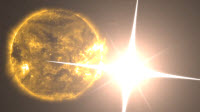 In mid-September WDAS Members hoped to see a display of the Northern Lights after a solar flare rated X1.6. But in April, NASA's 'Swift' Satellite witnessed a solar flare emitted from a young Red Dwarf star, estimated at X100,000. Could our sun do that? What would happen to an 'earth' orbiting that star? ... [Read more about NASA's 'Swift' satellite captures X100,000 solar flare]
In mid-September WDAS Members hoped to see a display of the Northern Lights after a solar flare rated X1.6. But in April, NASA's 'Swift' Satellite witnessed a solar flare emitted from a young Red Dwarf star, estimated at X100,000. Could our sun do that? What would happen to an 'earth' orbiting that star? ... [Read more about NASA's 'Swift' satellite captures X100,000 solar flare]
- Log in to post comments

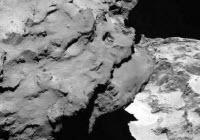 By now, everyone with any interest has seen pictures of the Rosetta Comet Chaser meeting its target: the odd-shaped comet known to its friends as '67P'. But do you know why Rosetta is making a triangular orbit, or that it has a chameleon coma?
By now, everyone with any interest has seen pictures of the Rosetta Comet Chaser meeting its target: the odd-shaped comet known to its friends as '67P'. But do you know why Rosetta is making a triangular orbit, or that it has a chameleon coma?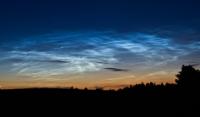
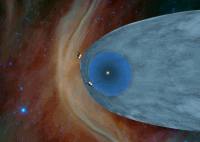 On 25th August 2013, according to the news media, "
On 25th August 2013, according to the news media, "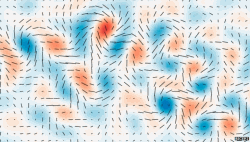 We live in exciting times in our understanding of the Universe. But if this discovery is confirmed, it will certainly be the biggest story in Cosmology this year!
We live in exciting times in our understanding of the Universe. But if this discovery is confirmed, it will certainly be the biggest story in Cosmology this year!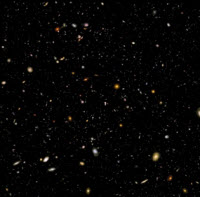 The Hubble Ultra Deep Field Image has become one of the iconic images of our time. But now that photograph has been re-created as a 3D animation, zooming-backwards in time to the earliest formed galaxy....
The Hubble Ultra Deep Field Image has become one of the iconic images of our time. But now that photograph has been re-created as a 3D animation, zooming-backwards in time to the earliest formed galaxy.... 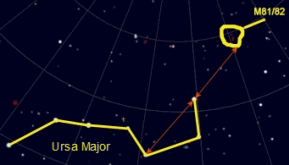 On the night of January 21, 2014, a group of astronomy students at University College London fortuitously spotted a supernova in M82
On the night of January 21, 2014, a group of astronomy students at University College London fortuitously spotted a supernova in M82 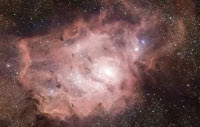 Two magnificent videos have been released by the European Southern Observatory (ESO), zooming-into and panning accross exquisitely detailed images of the Lagoon Nebula (M8) in the constellation Sagittarius. We see new born stars, internally illuminating their cloud duvet.
Two magnificent videos have been released by the European Southern Observatory (ESO), zooming-into and panning accross exquisitely detailed images of the Lagoon Nebula (M8) in the constellation Sagittarius. We see new born stars, internally illuminating their cloud duvet.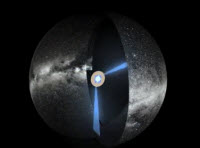 In brief:
In brief: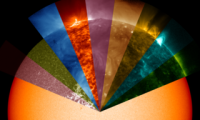 NASA have put together a fascinating video of the sun, viewed at different wavelengths, in rotating bands. Choose an interestng area on the sun's surface, and see different detail:
NASA have put together a fascinating video of the sun, viewed at different wavelengths, in rotating bands. Choose an interestng area on the sun's surface, and see different detail: